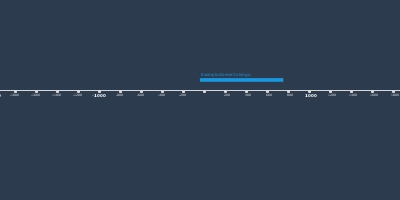Greek Dark Ages (jan 1, 1100 BC – dec 31, 799 BC)
Description:
The Greek Dark Ages, Homeric Age (named for the fabled poet, Homer) or Geometric period (so called after the characteristic Geometric art of the time),[1] is the period of Greek history from the end of the Mycenaean palatial civilization around 1100 BC to the first signs of the Greek poleis, city states, in the 9th century BC.The archaeological evidence shows a widespread collapse of Bronze Age civilization in the Eastern Mediterranean world at the outset of the period, as the great palaces and cities of the Mycenaeans were destroyed or abandoned. Around then, the Hittite civilization suffered serious disruption and cities from Troy to Gaza were destroyed. Following the collapse, fewer and smaller settlements suggest famine and depopulation. In Greece, the Linear B writing of the Greek language used by Mycenaean bureaucrats ceased. The decoration on Greek pottery after about 1100 BC lacks the figurative decoration of Mycenaean ware and is restricted to simpler, generally geometric styles (1000–700 BC).
It was previously thought that all contact was lost between mainland Hellenes and foreign powers during this period, yielding little cultural progress or growth, but artifacts from excavations at Lefkandi on the Lelantine Plain in Euboea show that significant cultural and trade links with the east, particularly the Levant coast, developed from c. 900 BC onwards. Additionally, evidence has emerged of the new presence of Hellenes in sub-Mycenaean Cyprus and on the Syrian coast at Al-Mina.
Added to timeline:
Date:
jan 1, 1100 BC
dec 31, 799 BC
~ 300 years
